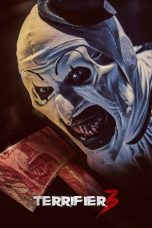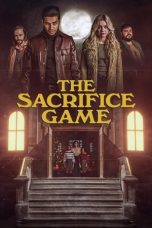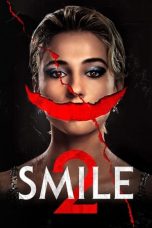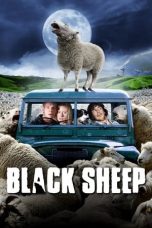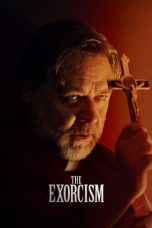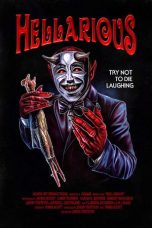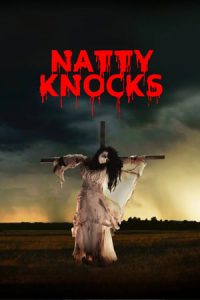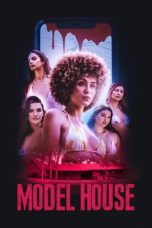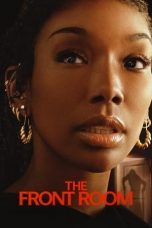- Source: Disability in horror films
Horror films have frequently featured disability, dating to the genre's earliest origins in the 1930s. Various disabilities have been used in the genre to create or augment horror in audiences, which has attracted commentary from some critics and disability activists.
Monsters and villains depicted in many horror films have often had physical or mental disabilities. These evolved from being sympathetic depictions of disabled characters in early monster films such as Frankenstein, to presentations of disabled people as "bloodthirsty and terrifying" in slasher films of the 1970s and 1980s. Horror films have sometimes attracted criticism for their depictions of disability or have been described as ableist. Some films have been accused of reflecting eugenicist views held by the society of their time. Tropes of characters "overcoming" disability, or of disability granting special powers, have been described as harmful.
Physical disabilities
Tod Browning's Freaks (1932) has been highlighted as a notable example of a horror film for prominently depicting disability, and has received diverse commentary for its depiction of the community, with some labelling it as portraying disability sympathetic and anti-eugenicist and others criticising it for being exploitative. As of 2020, it remains one of few American films to feature a predominantly disabled cast. Independent film Deafula (1975) is notable for being entirely in sign language. Jason Voorhees from the Friday the 13th series and Leatherface from The Texas Chain Saw Massacre are both violent killers with disabilities that have been described as depicting disability as fearful or taboo. In the 21st century, some commentators noted a trend of horror films depicting deafness in a perceivedly fetishistic manner, including A Quiet Place and The Unholy. Lupita Nyong'o's performance in the 2019 film Us was criticized by disability rights groups for being inspired by symptoms of spasmodic dysphonia.
Mental disabilities
The film Split has been criticised for its portrayal of dissociative identity disorder. In particular, it was criticised for stigmatizing the disorder, and potentially causing harm to those that live with it. In an open letter to M. Night Shyamalan, disability activists wrote that "Split represents yet another gross parody of us based on fear, ignorance, and sensationalism, only much worse."
The 2016 American horror film Spring Break Zombie Massacre was created by Sam Suchman and Mattie Zufelt, best friends with Down syndrome, who also starred in the film. The movie was widely praised as refreshing for having neurodivergent minds in charge of the creative process. It was also celebrated for featuring protagonists with Down syndrome whose disability was not the main focus of the film.
See also
Disability in the arts
Disability in the media
List of films featuring the deaf and hard of hearing
Further reading
Smith, Angela (24 January 2012). Hideous Progeny: Disability, Eugenics, and Classic Horror Cinema. Columbia University Press. ISBN 978-0-231-52785-9.
References
Kata Kunci Pencarian:
- Daftar film orisinal yang didistribusikan oleh Netflix
- Daftar film bernilai 100% di Rotten Tomatoes
- Disability in horror films
- Race in horror films
- Horror film
- List of horror films of 2024
- Us (2019 film)
- Freaks (1932 film)
- List of Hindi horror films
- Gender in horror films
- List of horror films of the 2010s
- List of horror films of the 1980s
Smile 2 (2024)
Natty Knocks (2023)
No More Posts Available.
No more pages to load.
